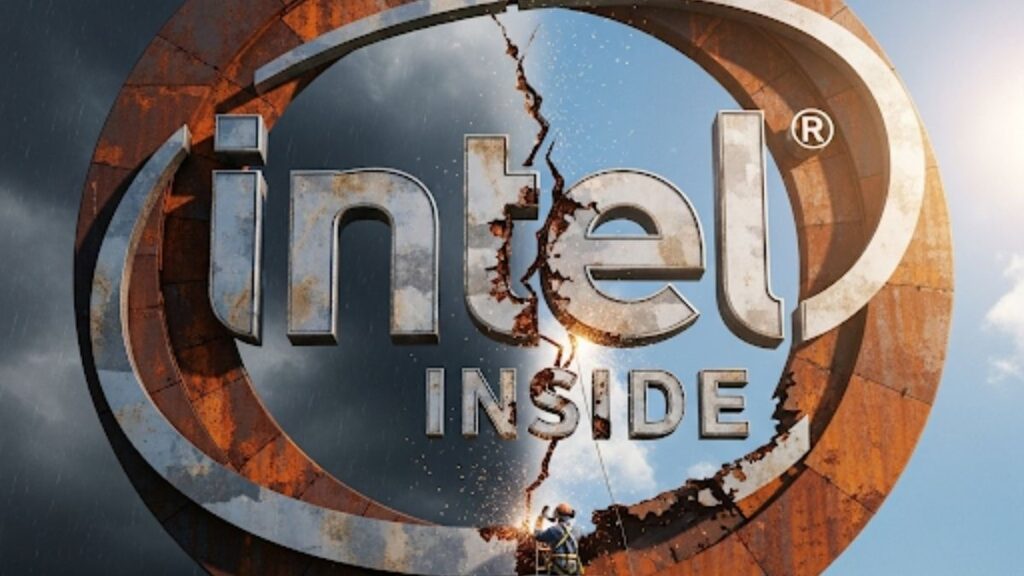Every aspect of the supply chain was affected by the pandemic. As the international e-commerce market experiences a digital transformation, it is critical to ensure that you are future-proofing your supply chain by continuing to update your tech.
When you use the latest technology to prepare your supply chain, you can better adjust to any unforeseen obstacles or challenges that may arise — as we all saw with the pandemic.
Before we discuss changes in supply chain management, let’s first start with a clear definition and overview of supply chain management: The supply chain is the dynamic network of moving parts that gets products out to the consumer. In the field of supply chain management, there are statisticians, executives, factory workers, and drivers. Luckily, there is usually a different person or team to manage every step in the journey.
Advances in Technology and the Supply Chain
There are many ways in which technology is improving the supply chain to make it faster and more efficient. For example, machine learning technology can be used to make supply chain processes simpler and more streamlined. Managers can use this tech to gather data and utilize it for strategic planning. Machine learning can help managers to have a better understanding of costs, gain insights from industry trends, and make data-driven decisions.
When supply chain equipment malfunctions, there can be huge disruptions in the business, which means disruptions in profits. Managers can use tech for predictive maintenance techniques, which can prevent equipment from ever malfunctioning in the first place.
Tech can also be used to help managers plan for projects. It can help managers to monitor project results in real-time and monitor data as the project is occurring. Tech can give managers better visibility concerning the big picture.
How Globalization Affected the Supply Chain
Over the last twenty years, the manufacturing environment has evolved into a global one. Currently, there are a number of trends affecting the global supply chain that managers may want to be aware of.
The continuing global logistics disruptions that originated from the pandemic are still impacting businesses in markets in North America, Europe, India, and Southeast Asia. This disruption continues due to the shutdowns of global ports in South Korea, China, and the United States.
There have also been labor market shortages which have complicated industry recovery from the pandemic further in many cases. The changes in demographics are one of the things affecting this shortage, and organizations should be aware of this when appealing to Gen Z workers. This new generation has slightly different motivations and aspirations than previous generations.
Rapid Technological Growth and the Pandemic
The pandemic changed a lot of things, but paired with rapid technological growth, it has had a huge impact on supply chain management.
One way this is happening is through supply chain workarounds. If retailers are short on storage space, they are buying their own warehouses. If shippers can’t find suitable containers, they are finding ways to make their own. If companies can’t find ocean carriers, they are chartering their own vessels.
e-commerce was already growing, but the pandemic made demand increase. And retailers were willing to meet that demand however they could. e-commerce has had a major effect on supply chain management, especially since the pandemic.
Data sharing created more supply chain transparency. Supply chain managers finally had the ability to visualize the whole picture of the supply and demand with real-time data.
Technology and Your Organization
What are the best ways technology can help the supply chain in your organization? Tools that can assist your staff when performing their duties so that they can perform more efficiently and more effectively can be a great asset. The first thing you’ll want to do is evaluate which departments could use tools to help with efficiency the most. There are many ways that you can use automation to save you time in your business.
First of all, you can collaborate with an internet-based company to make the hiring process more efficient so that you find the best people for your team. When you work with these organizations, they can screen candidates so that you are only presented with the most qualified people.
Secondly, there are a number of ways to use technology to better communicate with your customers and clients. Make use of an email list so that you can keep track of how many people are opening the emails, how many people are clicking through to your website, and other beneficial marketing statistics.
Another area that many businesses automate is accounting. If you have your accountant doing everything manually, there’s always the potential for error. You don’t have to worry about that if they are using automated software. They will also have more time to focus on other projects, like putting together reports or looking at budgeting plans.
These are some of the ways supply chain management has changed in recent years and how you might make adjustments to your organization to make your own supply chain more efficient.




Comments are closed.